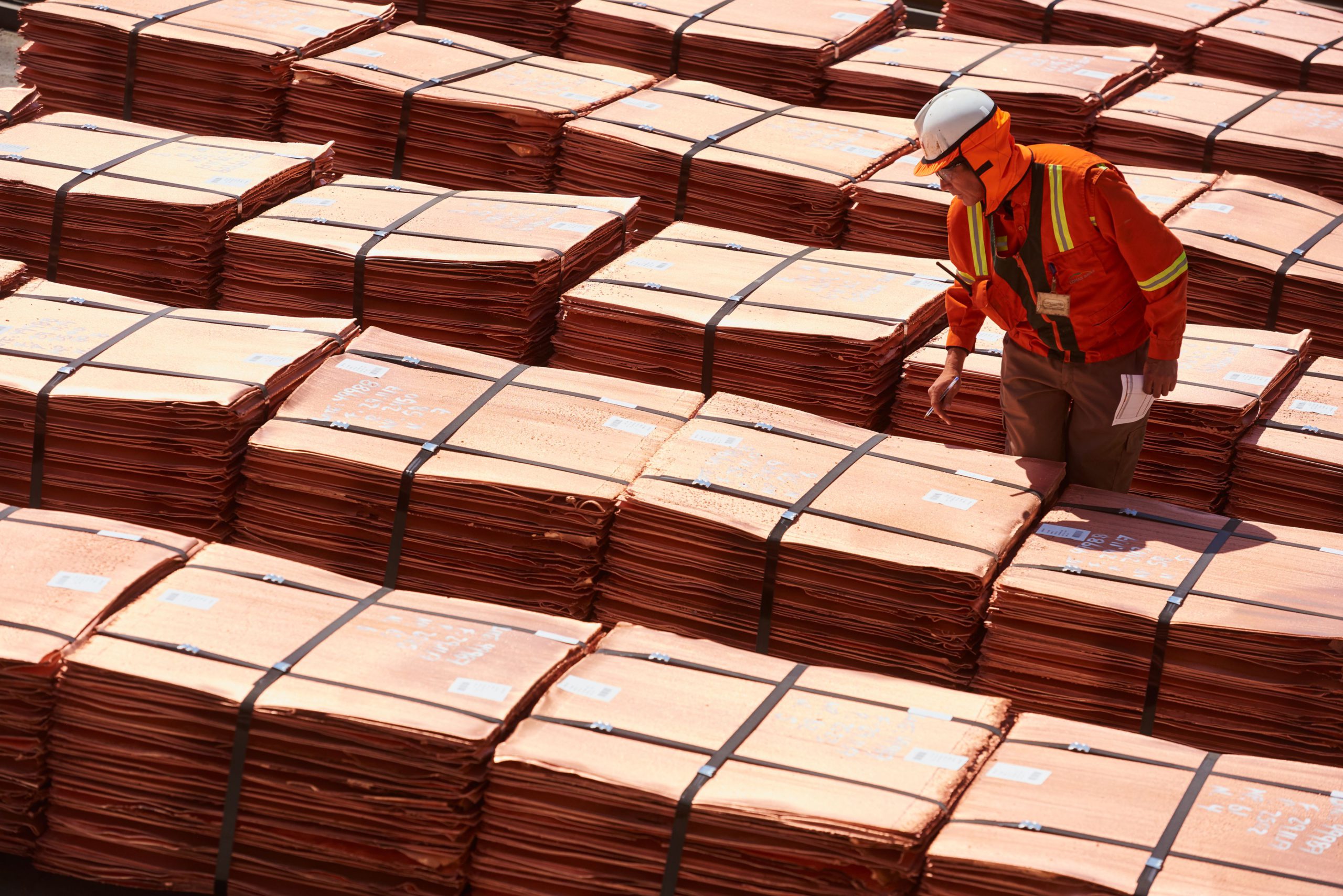Extraterrestrial salt provides clues as to how earth got its water

A smattering of tiny salt crystals discovered in a sample from an asteroid has researchers at the University of Arizona excited because these crystals can only have formed in the presence of liquid water.
In a paper published in the journal Nature Astronomy, the researchers say that even more intriguing is the fact that the sample comes from an S-type asteroid, a category known to mostly lack hydrated or water-bearing minerals.
The discovery strongly suggests that a large population of asteroids hurtling through the solar system may not be as dry as previously thought and gives a renewed push to the hypothesis that most if not all water on earth may have arrived by way of asteroids during the planet’s infancy.
To reach these conclusions, the scientists performed a detailed analysis of samples collected from asteroid Itokawa in 2005 by the Japanese Hayabusa mission and brought to earth in 2010.
The study is the first to prove that the salt crystals originated on the asteroid’s parent body, ruling out any possibility they might have formed as a consequence of contamination after the sample reached earth, a question that had plagued previous studies that found sodium chloride in meteorites of a similar origin.
“The grains look exactly like what you would see if you took table salt at home and placed it under an electron microscope,” Tom Zega, the study’s senior author, said in a media statement. “They’re these nice, square crystals.”
More water than previously thought
Zega said the samples represent a type of extraterrestrial rock known as an ordinary chondrite. Derived from so-called S-type asteroids such as Itokawa, this type makes up about 87% of meteorites collected on earth. Very few of them have been found to contain water-bearing minerals.
“It has long been thought that ordinary chondrites are an unlikely source of water on earth,” Zega noted. “Our discovery of sodium chloride tells us this asteroid population could harbour much more water than we thought.”
Today, scientists largely agree that earth, along with other rocky planets such as Venus and Mars, formed in the inner region of the roiling, swirling cloud of gas and dust around the young sun, known as the solar nebula, where temperatures were very high—too high for water vapour to condense from the gas.
“In other words, the water here on earth had to be delivered from the outer reaches of the solar nebula, where temperatures were much colder and allowed water to exist, most likely in the form of ice,” Shaofan Che, lead author of the paper, said.
“The most likely scenario is that comets or another type of asteroid known as C-type asteroids, which resided farther out in the solar nebula, migrated inward and delivered their watery cargo by impacting the young earth.”
Delivering water to early earth
The discovery that water could have been present in ordinary chondrites, and therefore been sourced from much closer to the sun than their “wetter” kin, has implications for any scenario attempting to explain the delivery of water to the early earth.
Zega pointed out that tons of extraterrestrial matter are raining down on earth every day, but most of it burns up in the atmosphere and never makes it to the surface.
“You need a large enough rock to survive entry and deliver that water,” he said.
Previous work in the 1990s proposed a mechanism by which water molecules in the early solar system could become trapped in asteroid minerals and even survive an impact on earth.
“Those studies suggest several oceans’ worth of water could be delivered just by this mechanism,” Zega said. “If it now turns out that the most common asteroids may be much ‘wetter’ than we thought, that will make the water delivery hypothesis by asteroids even more plausible.”
Frozen water + frozen hydrogen chloride
Itokawa is a peanut-shaped near-earth asteroid about 2,000 feet long and 750 feet in diameter and is believed to have broken off from a much larger parent body.
Che and Zega said it is conceivable that frozen water and frozen hydrogen chloride could have accumulated there, and that naturally occurring decay of radioactive elements and frequent bombardment by meteorites during the solar system’s early days could have provided enough heat to sustain hydrothermal processes involving liquid water. Ultimately, the parent body would have succumbed to the pummeling and broken up into smaller fragments, leading to the formation of Itokawa.
“Once these ingredients come together to form asteroids, there is a potential for liquid water to form,” Zega said. “And once you have liquids form, you can think of them as occupying cavities in the asteroid, and potentially do water chemistry.”
The evidence pointing at the salt crystals in the Itokawa sample as being there since the beginning of the solar system does not end here, however, the researchers found a vein of plagioclase, a sodium-rich silicate mineral, running through the sample, enriched with sodium chloride.
“When we see such alteration veins in terrestrial samples, we know they formed by aqueous alteration, which means it must involve water,” Che said.
“The fact that we see that texture associated with sodium and chlorine is another strong piece of evidence that this happened on the asteroid as water was coursing through this sodium-bearing silicate.”
More News
{{ commodity.name }}
{{ post.title }}
{{ post.date }}


Comments